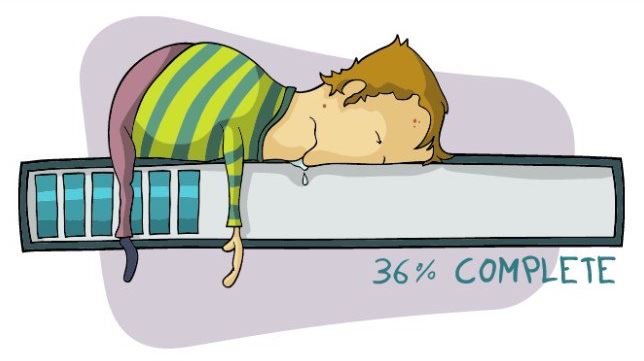Cabling and speed requirements
Over the last few years, many impressive upgrades in networking technologies as well as the requirements placed on them have been noted. The past three decades have seen the introduction of standards for 16Mb Token Ring, 10Mb Ethernet, 100Mb ethernet, 10Gb ethernet, 40Gb Ethernet, 155MB of Asynchronous Transfer Mode/ATM, 655MB ATM, 2,5Gb ATM, and others.
Each of these generation of products are used also today, and are represented by different kind of access or transmission products like for example 10MBit/s Ethernet you will see in these legacy special type 10BaseT/2 converters, 100/1000 Mbit/s, or Fast Ethernet or Gigabit – any of fiber media converter range, for 10G Ethernet – these SFP+ based fiber media converters, and for 40G – QSFP based media converters.
Networking technology designers have already started to design networking technologies that cover data ranges above 400Gb per second.
So, this growth actually never stops and never will stop.

The mean number of networking nodes in networking unit has been vastly
reduced while at the same time, the number of applications and the amount of date have vastly increased.
Applications though are evolving to be more multi-variant and the range of network bandwidth by the average user is rising.
The question is: Do we really need some of the ultra high bandwidth ranges in networking solutions nowadays? Perhaps desktop users may not require these but professional network bases already make use of them.
Is the fact that software establishments and data are imposing raised needs on the network connected in any way with data cabling?
The first thing that comes into mind is that this connected more to aspects like cards, switches, hubs, and routers but as data levels rise up, the demand for higher rates of performance on the cable also rises.
Kinds of Communication channels
There are four main kinds of communications media (cabling media) currently for data networks: Uncovered Twisted Pair, STP/Shielded or screened Twisted Pair, Fiber Optic (FO), and coaxial.
It is significant to state the difference between backbone cables and horizontal ones. The first connect network devices like servers, routers, and switches and also connect equipment and telecommunication spaces.
On the contrary, horizontal cables extend from the telecommunication spaces to the wall outlets. For new applications, a multi-strand FO cable is used typically as a backbone cable. In horizontal cabling, UTP makes up 85% of the market share for universal applications. The book here concentrates more on the UTP cable but the newer FO focused network topologies are mentioned also, as they offer more benefits compared to the UTP.
Twisted-Pair Cabling
In conventional installations, the most cost-effective and broadly installed cabling today is the twisted-duo wiring. This cabling method is more cost-effective compared to other media, installation is not difficult, and the tools needed to install it are not expensive either. The UTP (Unshielded Twisted Pair) and STP (Shielded Twisted Pair) are the main types used. ScTP is another variation of the main STP type.


